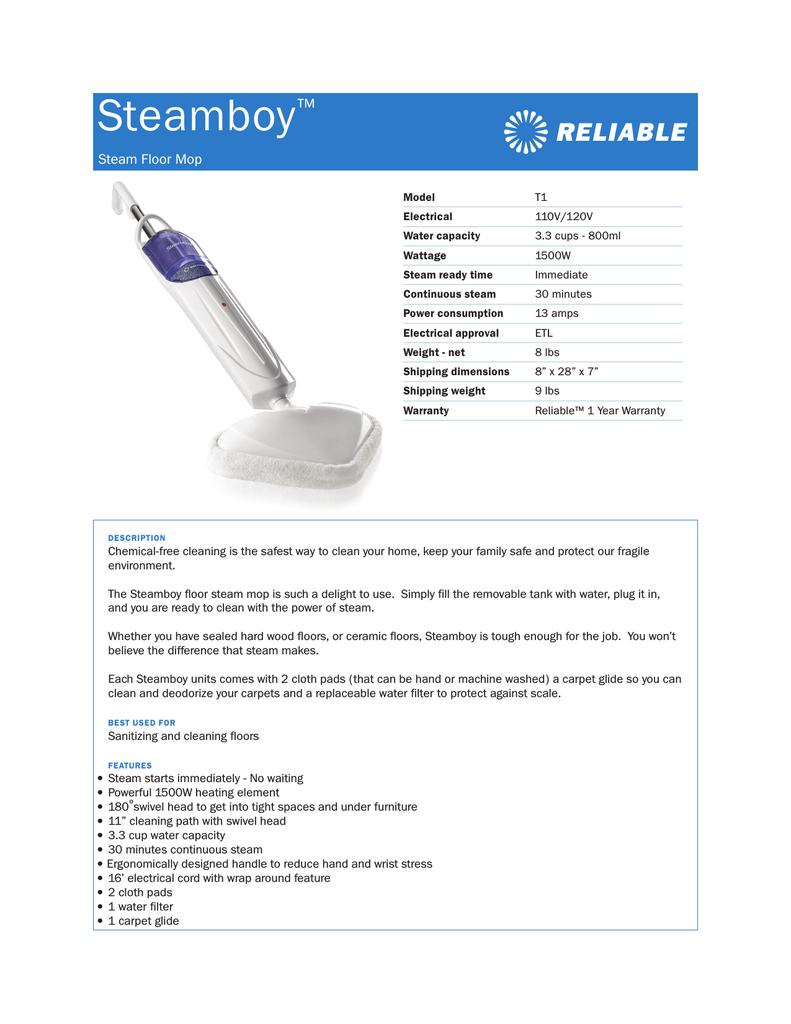Features of the FES
- Family Environment Scale Authors: Bernice S. Moos & Rudolf H. Moos The Family Environment Scale (FES) gives counselors and researchers a way of examining each family member’s perceptions of the family in three ways—as it is (real), as it would be in a perfect situation (ideal) and as it will probably be in new situations (expected).
- Family Environment Scale manual 3 rd ed. Palo Alto, CA: Consulting Psychologists Press. Has been cited by the following article: Article. Family Relationships among Users and Non Users of Social Media. Heba Shafik Ibrahim Mohamed 1, Rania Ismail Moussa 2, Sawsan Kamal Kalil El.

Moos, “Family Environment Scale Manual Development, Application, Research,” 3rd Edition, Consulting Psychologists Press, Inc., CA, 1994.

Purpose: Evaluates the social environment of the family unit
Length: 90 items
Average completion time: 15-20 minutes
Target population: Ages 11 and older, reading level 6th grade and up
Administration: For individual or group administration
Uses of the FES
- Provides many family counseling applications
- Examining the contrast between parent and child perceptions
- Formulating clinical case descriptions
- Identifying important issues in family treatment
- Teaching clinicians about the dynamics of family systems
- Assessing family strengths and problems
Scales
The ninety items of the FES are grouped into ten subscales with three dimensions. Note that entire subscales may be removed to shorten the instrument without affecting validity or reliability.
Family Relationship Index:
Three subscales tap the degree of commitment and support family members provide for one another, the extent to family members are encouraged to express their feelings directly, and the amount of openly expressed anger and conflict among family members.
Cohesion
Expressiveness
Conflict
Personal Growth:
Independence: assesses the extent to which family members are assertive, self-sufficient and make their own decisions
Achievement Orientation: reflects how much activities (such as school and work) are cast into an achievement-oriented or competitive framework,/p>
Intellectual-Cultural Orientation: measures the level of intereset in political, intellectual, and cultural activities
Family Environment Scale Manual Download
Active-Recreational Orientation: measures the amount of participation in social and recreational activities
Moral-Religious Emphasis: assesses the emphasis on ethical and religious issues and values
System Maintenance:
Two dimensions measure the degree of importance of clear organization and structure in planning family activities and responsibilities, as well as how much set rules and procedures are used to run family life.
Organization
Control
Manual Of Family Environment Scale By Bhatia And Chadha
More about the FES.
The Family Environment Scale (FES) has been widely used in clinical settings, to facilitate family counseling and psychotherapy, to teach clinicians and program evaluators about family systems, and in program evaluation. It can be used to diagnose problems, monitor program changes over time, promote change and program improvement, appraise and improve parenting, strengthen the family unit and the individuals within it, describe, contrast and evaluate the impact of various types of treatment programs, and identify risks.